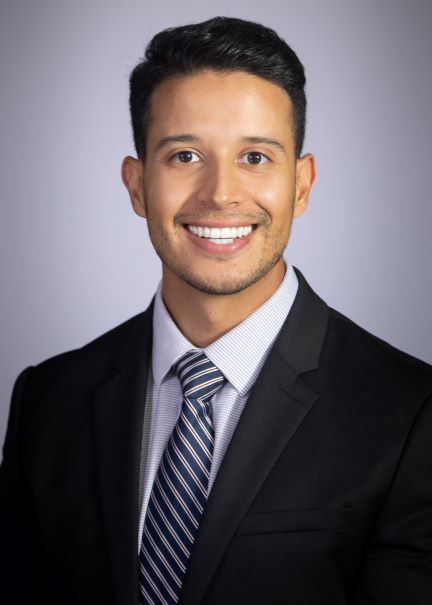The PGY 1 year is designed to develop proficiency in the evaluation and management of adult and pediatric patients with surgical problems. While the development of basic surgical and technical skills is an important component of the internship, the main focus is on developing the necessary knowledge base to facilitate excellent patient care. All rotations for this year are at the University Hospital and the Veteran's Administration Medical Center.
PGY 1 residents rotate through a diverse set of assignments designed to provide the fundamentals of patient care for the field of orthopaedic surgery.
Rotations
Ortho Wards / ER Consults - 10 weeks
Ortho Trauma / ER Consults - 10 weeks
Sports - 4 weeks
General Surgery Trauma - 8 weeks
Vascular - 4 weeks
Radiology - 4 weeks
Anesthesiology - 4 weeks
Fracture Liaison Service - 4 weeks
The PGY 2 year is divided between the University Hospital, Veteran’s Administration Medical Center (VAMC) and the Carrie Tingley Children's Hospital (CTH). This year marks the formal beginning of orthopaedic training and the emphasis is on the development of basic orthopaedic skills including history and physical examination, fracture management, and basic surgical principles. The fundamentals of orthopaedic theory are taught with an emphasis on basic science while rotating on the upper extremity service.
The PGY 2 rotations are designed to provide an introduction to general adult and pediatric orthopaedic problems.
Rotations
Foot & Ankle + SRMC - 10 weeks
Night Float - 10 weeks
Spine - 10 weeks
VAMC - 10 weeks
Pediatrics - 10 weeks
The PGY 3 year is spent at the University of New Mexico Hospital (UNMH), UNMH Children’s Hospital and Veteran's Administration Medical Center. Graduated responsibilities allow increased involvement in patient care, including operative procedures and case management. This year of training is divided into five rotations: Trauma, Adult Reconstruction, Sports, and Pediatric Orthopaedics.
Rotations
Trauma - 10 weeks
Joints/Oncology -10 weeks
Sports - 10 weeks
Pediatrics - 10 weeks
Hand + Foot & Ankle - 10 weeks
The fourth year of training marks passage to the level of senior resident where increased responsibility of patient care and surgical procedures is expected, in addition to increased teaching of junior residents and medical students. Rotations occur at the University Hospital, Veteran’s Administration Medical Center, and Children’s Hospitals.
Rotations
Trauma - 10 weeks
Spine - 10 weeks
Pediatrics - 10 weeks
VAMC/Lovelace Medical Center - 10 weeks
Elective - 10 weeks
During the final year of training the chief resident is expected to assume the responsibility of running services and clinics, including surgical cases. Teaching junior residents and medical students is expected. Most chief residents will have logged 1,500-2,000 surgical cases by the time they have completed their residency experience.
Rotations
Sports - 10 weeks
Trauma - 10 weeks
New Mexico Orthopedics/Lovelace Medical Center - 10 weeks
Hand + Foot & Ankle - 10 weeks
Joints at SRMC - 10 weeks



